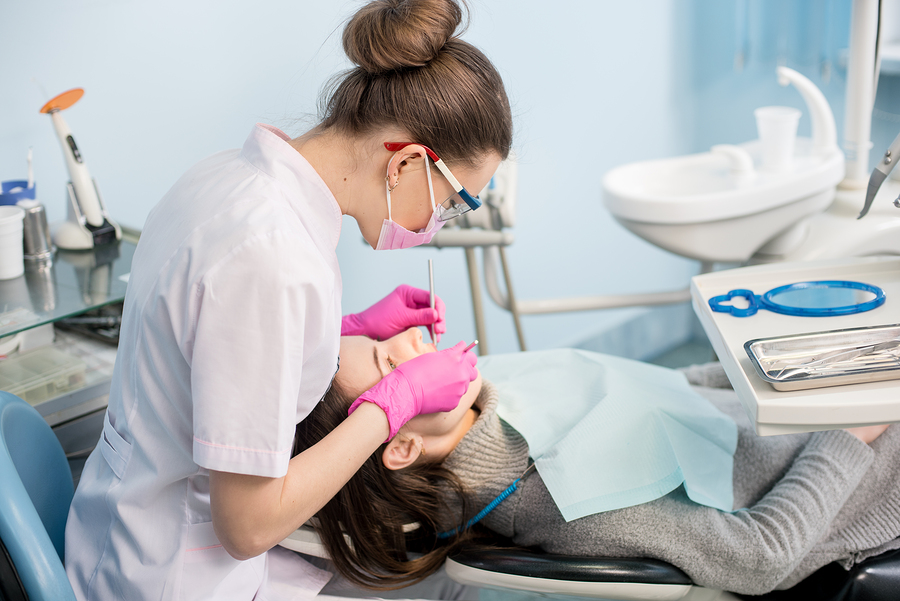How Dental Office Design Ergonomics Can Save Your Practice
Posted by HJT Design

When designing a dental office, a lot of the challenges that you’re likely going to think about address present needs. For example, limiting the congestion of traffic at your front desk or in the hallways, making sure that your treatment rooms are comfortable for patients and easy to work in, and the like.
However, you should also take into consideration your future. Many dentists end up retiring early as a result of musculoskeletal disorders. As a result, you should implement design ergonomics into your dental office design.
The Importance of Design Ergonomics
Dentists and dental assistants are constantly hunched over, whether they’re working on a patient or inspecting paperwork and images. As you can imagine, this can cause a lot of back and neck issues over time. In fact, it’s resulted in roughly two-thirds of all dentists retiring early due to the development of a musculoskeletal disorder.
The number of dentists that experience musculoskeletal disorders has been exactly the same for over seven decades, which is surprising considering all of the technological and medical advancements that have been made since then.
Fortunately, there are ways to avoid being forced into early retirement due to a musculoskeletal disorder.
Tips for Implementing Design Ergonomics
The following are a few ways that you can make your dental practice more ergonomic, thereby helping to prevent the potential development of musculoskeletal disorders:
Use Double Articulating Headrests
One of the main reasons dentists develop musculoskeletal disorders is because of the way they bend over their patients. They are forced to bend in this manner due to poor control of the occlusal plane when treating a patent’s upper arch. To prevent poor posture, the occlusal plane of the upper arch should be at least 20 to 25 degrees behind the vertical.
You can achieve this angle by implementing a double articulating headrest and making sure that it’s angled steeply downward. Make sure that the headrest is properly cushioned so that you can do this without reducing the comfort of your patients.
Use Saddle Stools
When treating a patient, many dentists use basic flat operator stools. These provide poor support for your back, especially as you lean over your patients. Instead, consider investing in saddle stools. A saddle stool can solve numerous ergonomic challenges. For example, they’ll require you to sit in a tripod position, which is the most stable position for your hip joints. They will also make it much easier for you to move around the patient and will minimize the need for back support.
A saddle stool will promote neutral spine posture, which will help ensure that you maintain the correct head posture and correct shoulder movement. Additionally, it will make it much easier and less stressful on your back to move from a sitting to a standing position.
Finally, a saddle stool can help improve your diaphragmatic breathing. A saddle stool is capable of all of this because it will place your pelvis in a neutral position, thereby making it easy for the spinal curves to balance on it.
Use Ergonomic Office Chairs
Don’t forget to invest in ergonomic office chairs for your office as well. While doing work on your computer or doing paperwork, you’ll want a chair that provides the proper back support, promote correct posture, and help reduce back pain that could result from poor posture and support.
When designing your dental office, don’t forget to implement design ergonomics. Doing so can help prevent back pain as well as musculoskeletal disorders, which are known to force dentists into early retirement.
Your staff will thank you, too! For more dental office design advice, contact us at HJT Dental Design Consultants today. We have the experience and knowledge to take your dental practice to the next level.